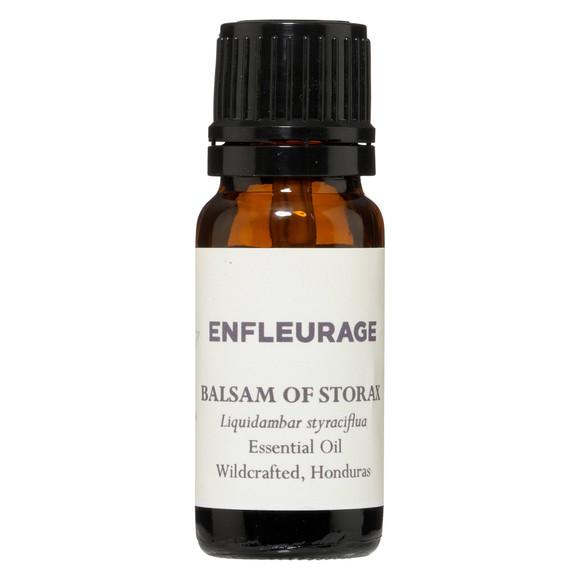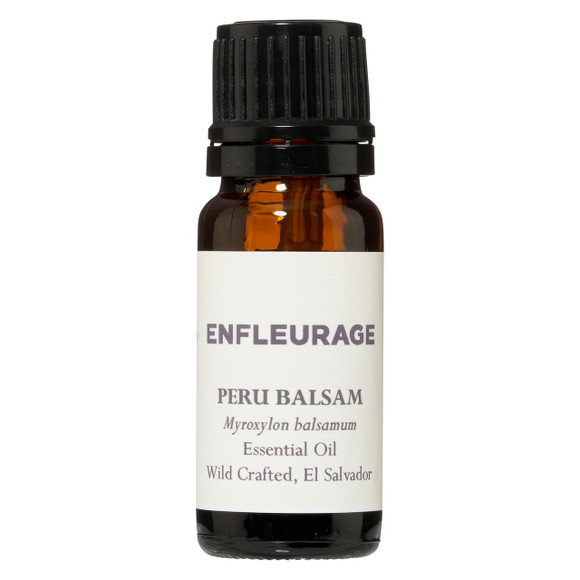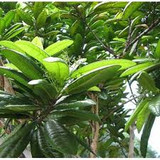Copaiba Balsam Essential Oil, Wildcrafted, Brazil
Copaifera officinalis
from $7.00 - $18.00
Copaiba Essential Oil
This is a mildly sweet oil, not strong, and its strengths in perfumery come from it's talent as a fixer/modifier. In the same family (scent-wise) as vanilla, sandalwood, etc
Pro…
SKU:
EO-COPAIO
Gift wrapping:
Options available
latin-name:
Copaifera officinalis
-
Free shipping on orders +$100
-
Organic/Wild
-
Sustainable Sourcing
-
Fast Delivery
















